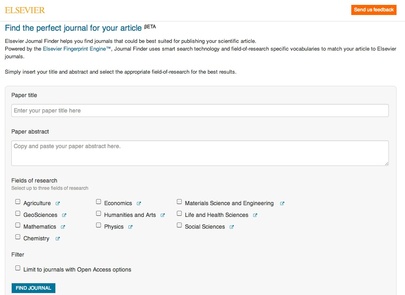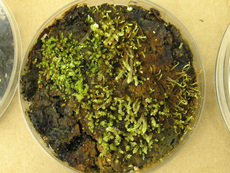
I tried the Journal Finder with the title and abstract of an article that I previously published in the Elsevier journal Forest Ecology and Management, which was consequently the highest match. This seems obvious, so I also tried a few other articles that I had published elsewhere...and got Forest Ecology and Management. Elsevier doesn't have a huge suite of journals in my field and that limits the utility. Nevertheless, publishers offer a service that is driven by content and I applaud the idea of improving the process for those of us providing that content.
Thanks to P.C. Lopes for turning me on to the Journal Finder.

 RSS Feed
RSS Feed
